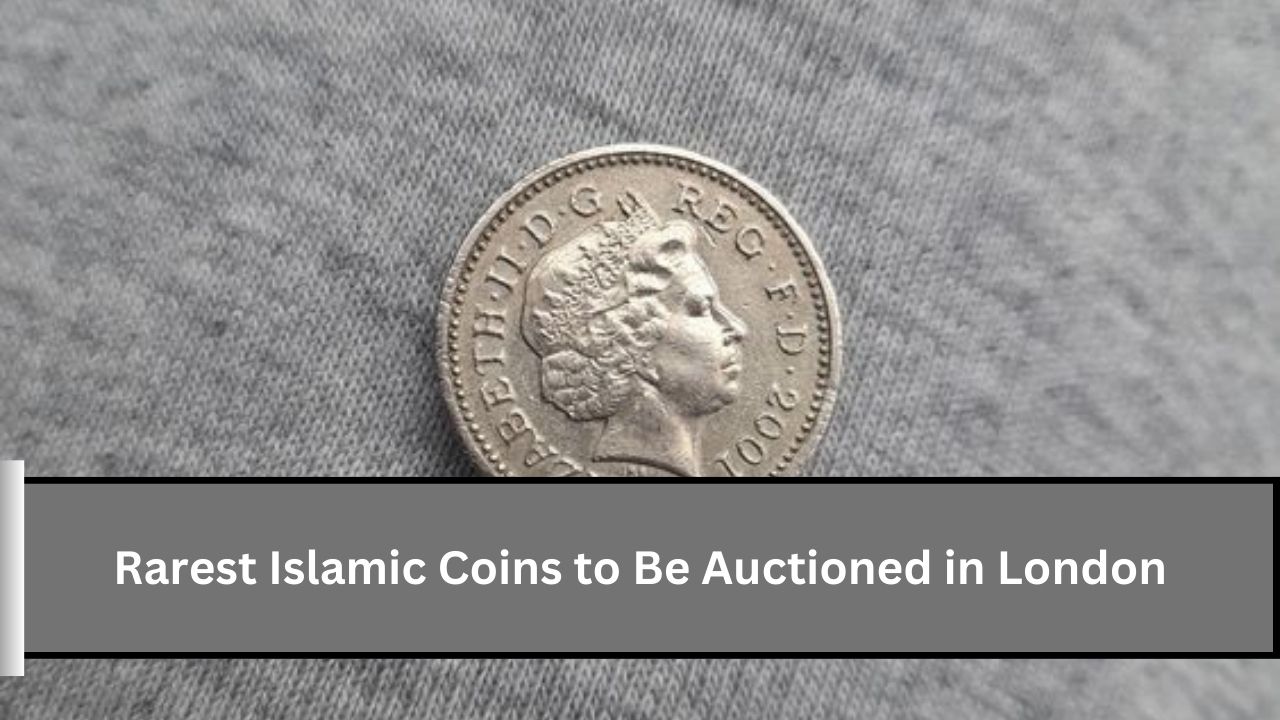Two of the rarest Islamic coins, Umayyad gold dinars, are set to be auctioned by Morton & Eden in London on April 4, 2011. These historic coins, dating back to 711 and 723 AD, were made from gold mined at a location owned by the Caliph himself, and they hold immense historical and monetary value.
Umayyad Dinar (92h)
One of the coins, dated 92h (711 AD), is remarkable for its origin. The gold used to make it was mined from a location known as the ‘Mine of the Commander of the Faithful,’ a site owned by the Caliph. This coin represents not just a rare piece of currency but a piece of Islamic history that connects directly to the ruler.
Umayyad Dinar (105h)
The second coin, dated 105h (723 AD), is even more special because it includes the phrase “bi’l-Hijaz,” meaning “in the Hejaz,” which is the earliest mention of a location in the Kingdom of Saudi Arabia on any Islamic coin. Both coins are estimated to fetch high auction prices, with values ranging between £250,000 and £400,000.
Key Details of Auctioned Coins
| Coin Type | Year (Hijri) | Estimated Value (£) | Unique Features |
|---|---|---|---|
| Umayyad Dinar | 92h (711 AD) | £250,000-300,000 | Gold from the Caliph’s own mines |
| Umayyad Dinar | 105h (723 AD) | £300,000-400,000 | Earliest mention of Hejaz in Saudi Arabia |
Auction Overview
| Auction House | Auction Date | Location | Notable Items |
|---|---|---|---|
| Morton & Eden | April 4, 2011 | London | Umayyad dinars, Abbasid dirhams, silver coins |
Historical Significance
Stephen Lloyd, a specialist at Morton & Eden, emphasizes the importance of these coins, not only for their rarity but also for the stories they tell about the time they were minted. The site of the mine is believed to be Ma`din Bani Sulaim, located north-west of Mecca, and it continues to be a site of gold mining even today. Arab writers from medieval times recorded that the Caliph bought land in this area, securing a mine right around the time these coins were produced.
Theories on Where They Were Struck
Scholars debate where exactly these coins were struck. One theory is that they may have been minted in Damascus, the capital, but it’s also possible that mint workers traveled with the Caliph and produced the coins wherever he went. Another theory suggests that the Caliph visited the mines while leading the Hajj pilgrimage to Mecca, possibly having the coins struck on the journey.
Auction Highlights
The auction will feature more than just these two Umayyad dinars. Other notable items include rare Umayyad silver dirhams from Oman, estimated between £20,000 and £30,000, and five Abbasid dirhams struck in Mecca.
Conclusion
The upcoming auction of the Umayyad dinars in London offers a unique opportunity to explore a significant part of Islamic history. These coins, minted from gold sourced directly from a Caliph-owned mine, are not only rare collectibles but also important artifacts that tell stories of their time. With their historical ties to the Caliph and mentions of significant locations like the Hejaz, they provide valuable insights into the early Islamic world. The auction highlights the importance of preserving such historical treasures, allowing collectors and enthusiasts alike to appreciate the artistry and significance of Islamic coinage. As these rare coins go under the hammer, they remind us of the rich cultural heritage of the Islamic civilization and the enduring legacy of its rulers.
FAQ’s
What makes the Umayyad dinars so rare?
These dinars were made from gold mined at a site owned by the Caliph and date back to 711 and 723 AD, making them highly prized historical artifacts.
Why is the 105h dinar special?
It features the phrase “bi’l-Hijaz,” marking it as the earliest Islamic coin to mention a location in Saudi Arabia.
Where were these coins likely struck?
Scholars suggest they could have been minted in Damascus or possibly while the Caliph was traveling to Mecca for Hajj.
What are the estimated values of these coins?
The 92h dinar is estimated at £250,000-300,000, and the 105h dinar is valued at £300,000-400,000.
What other items will be auctioned?
The auction will include rare Umayyad silver dirhams from Oman and Abbasid dirhams struck in Mecca.

